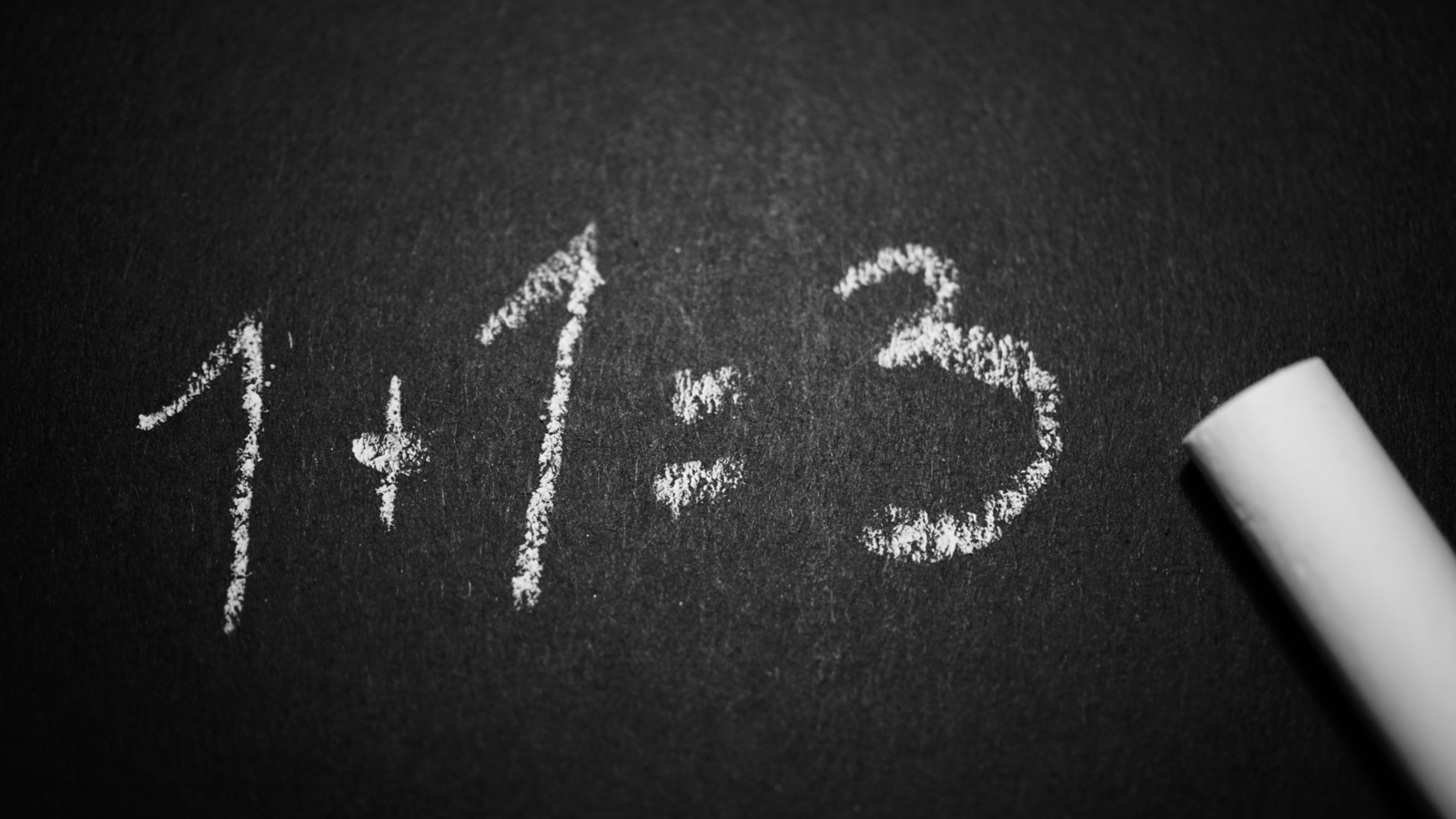Croatia's Gender Pay Gap in Comparison to EU Member States
In 2021, Croatia faced an unadjusted gender pay gap of 11.1%, a statistic that might surprise you. Even more surprising is that Sweden, a leading EU nation in gender equality, grapples with a slightly higher 11.2% gender pay gap. Remarkably, Croatia, a recent EU member, fares better than the EU average unadjusted gender pay gap of 12.7%. This raises questions about what drives these disparities.
Adjusted vs. unadjusted: what does it mean?
To help us understand the drivers behind this phenomenon, we need to look at how these statistics are calculated. The unadjusted gender pay gap takes into account companies with over 10 employees and it refers to the average gross hourly earnings (excluding overtime pay) between women and men, not taking into consideration differences in worker or workplace characteristics such as educational attainment, work experience, the sector they are working in or the size of the company.
The adjusted gender pay gap, on the other hand, is a measure of the wage differences between men and women when they have identical education and experience levels, work in the same industry and have the same position. What remains unexplained represents a complex indicator, often linked to discrimination and unequal opportunities, but also influenced by factors like salary negotiation skills and job preferences.
A breakdown of the gender pay gap in Croatia
Croatia's pay gap mirrors patterns in other Central and Eastern European countries like Poland, Romania, and Bulgaria. Despite these countries scoring similarly or lower on gender equality indices, they all boast lower gender pay gaps than the EU average. A lower gender pay gap may be observed in countries with a relatively high women's unemployment rate, where predominantly women with greater earning potential (such as those with higher education) join the workforce.
Croatia's data exposes intersectional issues, including a wider pay gap for women from ethnic minorities, increased wage disparity in rural areas, and a growing gap with age, leading to higher instances of pension poverty for women.
Public versus private sector disparaties
Across the EU, the gender pay gap widens significantly in the private sector compared to the public sector—a trend echoed in Croatia. This difference reflects the transparency and regulations governing public sector wages, reducing room for pay discrimination. The private sector can learn from public institutions by implementing transparent compensation systems with unbiased measures of job complexity, equally applicable to women and men.
The road to zero percent
The introduction of new legislation marks a crucial first step toward bridging this gap, but the real challenge lies in enforcement, which rests in the hands of national authorities. While legal frameworks can set the stage, it is the motivation of companies to do the right thing that will ultimately drive meaningful change. Companies that proactively strive for gender pay equality not only benefit their employees but also contribute to a fairer and more equitable society. As we move forward, let us remember that achieving gender pay equality is not just about words on paper; it's about actions that make a difference in the lives of women and men across Croatia.



